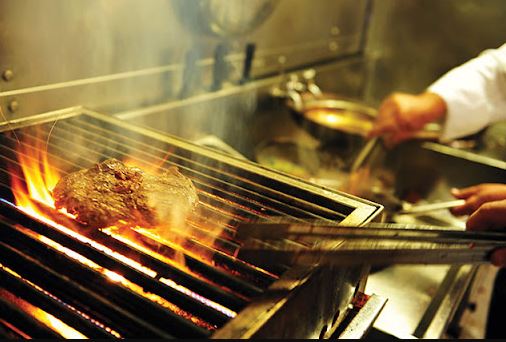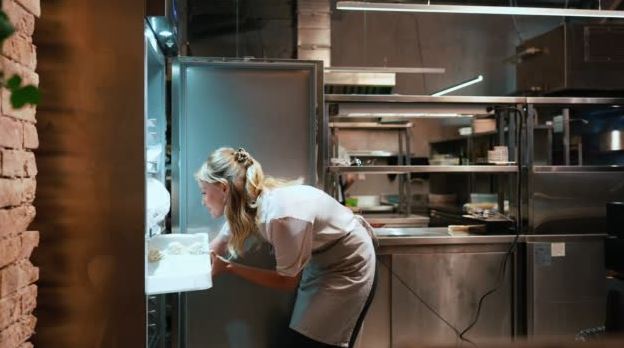
Mixing Mastery: A Guide to the Best Commercial Food Mixer
The correct tools can make all the difference in the busy world of commercial kitchens, and a high-quality commercial food mixer is essential to mastering mixing. We’ll walk you through the features and advantages of the best commercial food mixers in our extensive guide, enabling you to choose wisely for










